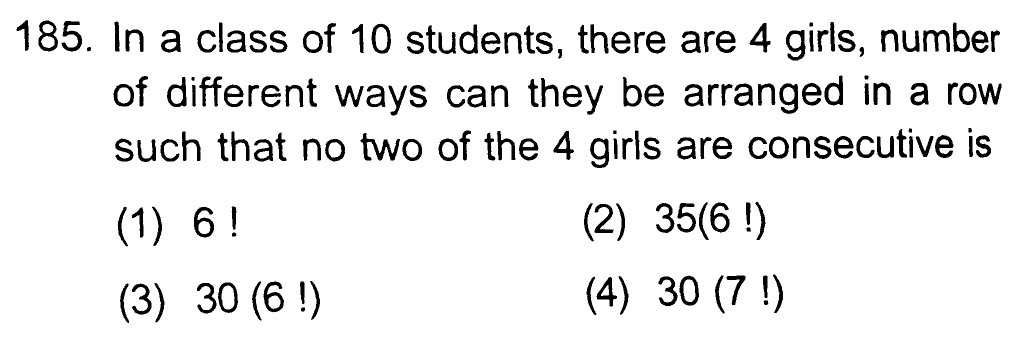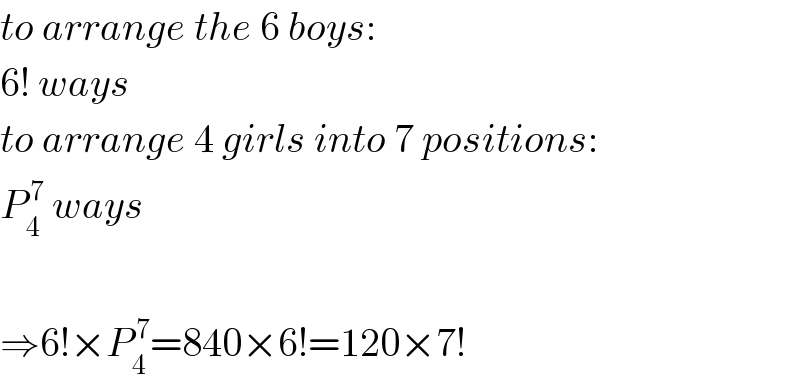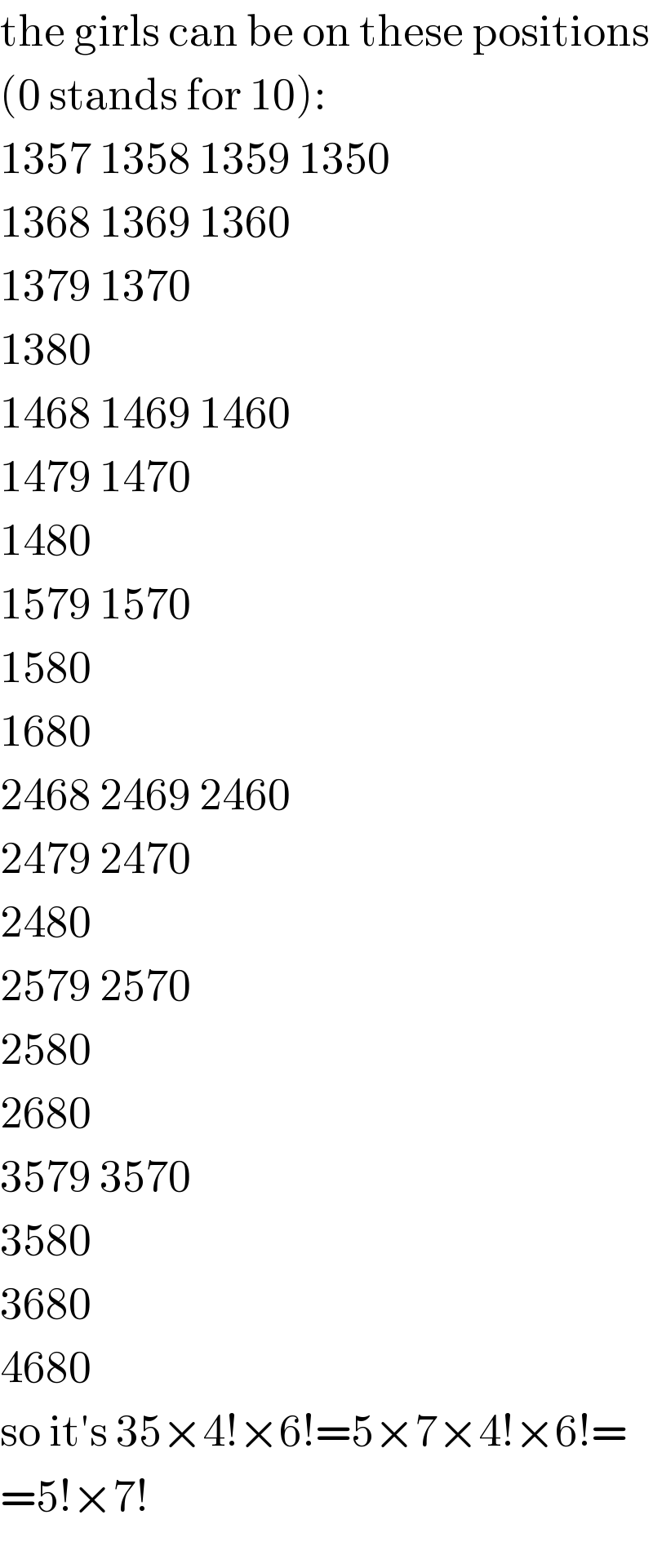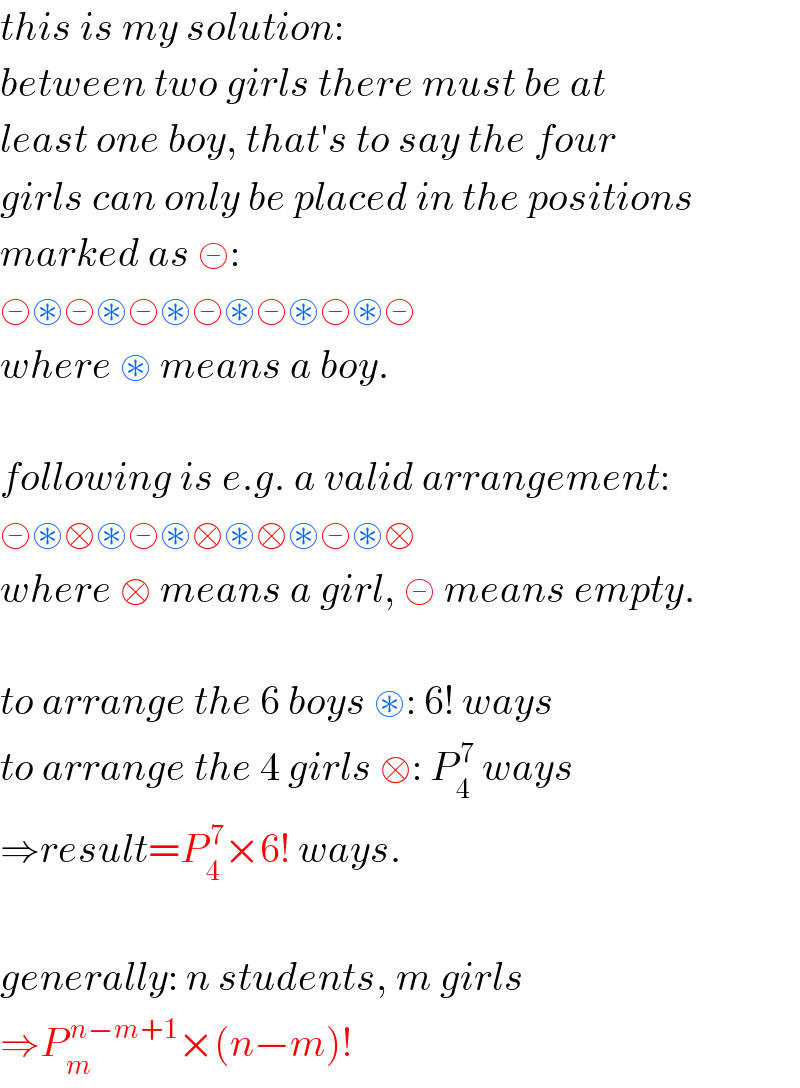
Question and Answers Forum
Question Number 31591 by Tinkutara last updated on 10/Mar/18

Commented by mrW2 last updated on 11/Mar/18

Commented by Tinkutara last updated on 11/Mar/18

Commented by mrW2 last updated on 11/Mar/18

Commented by Tinkutara last updated on 11/Mar/18
Thank you very much Sir! I got the answer. ������☺
Answered by MJS last updated on 11/Mar/18

Commented by mrW2 last updated on 11/Mar/18

